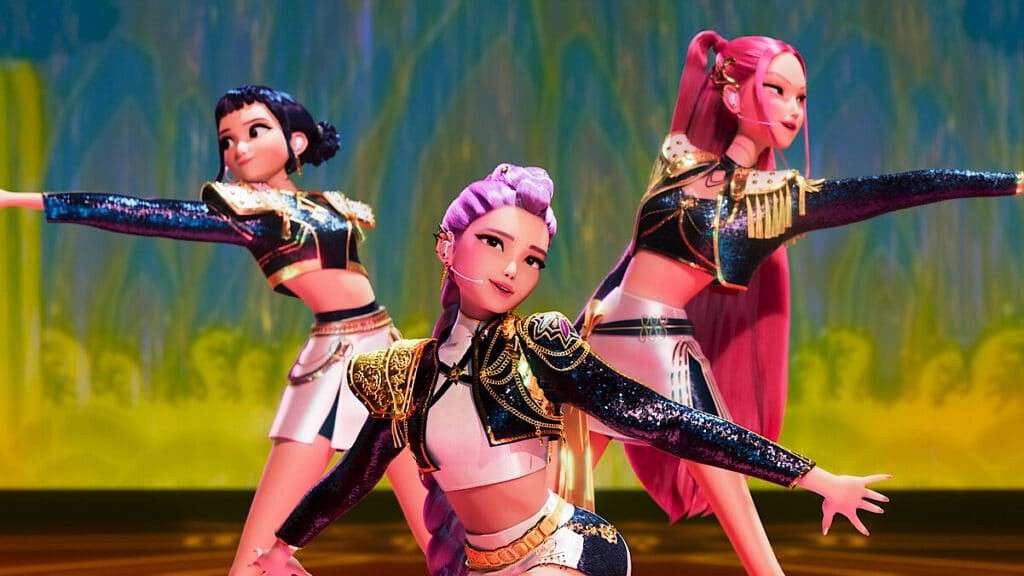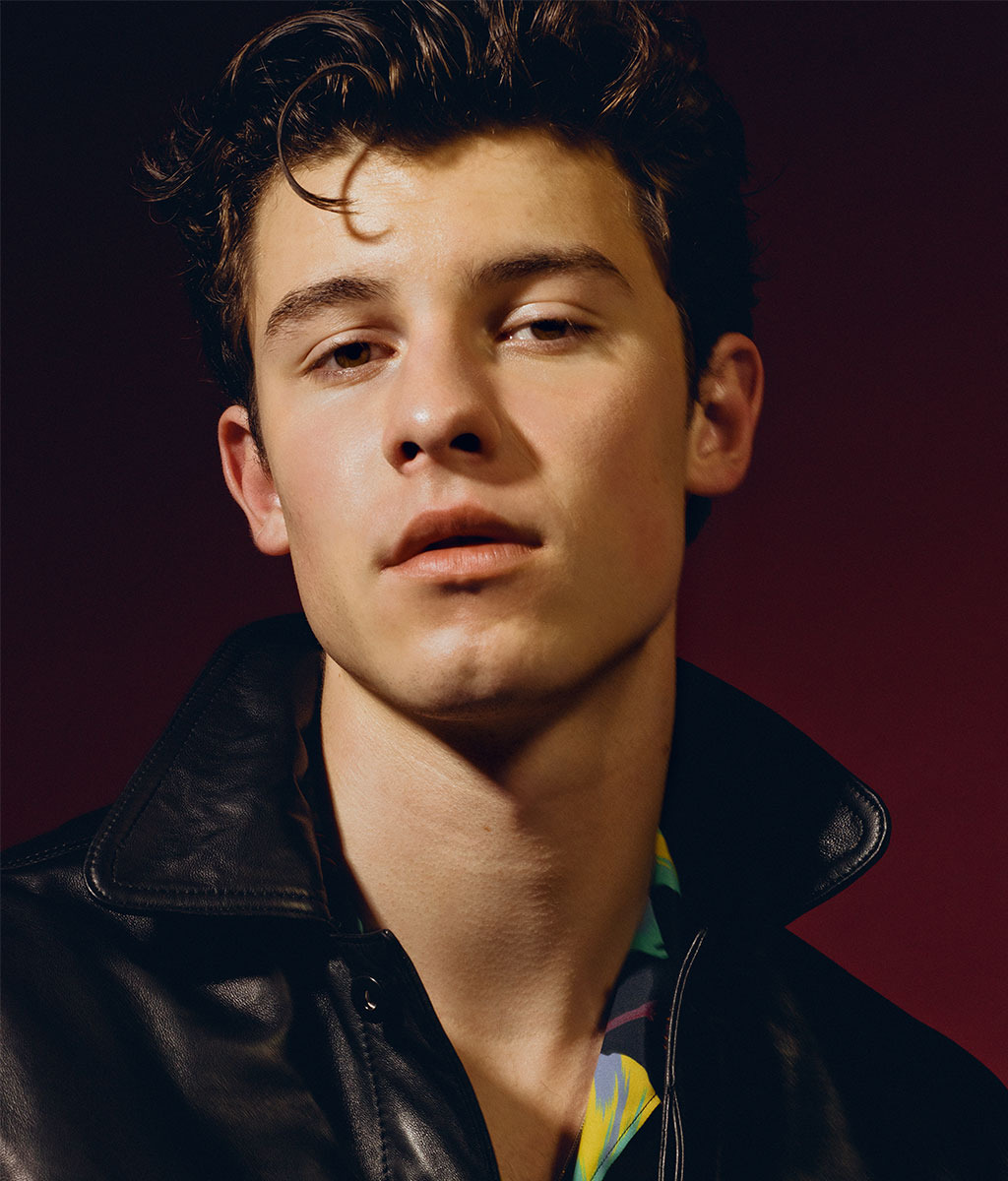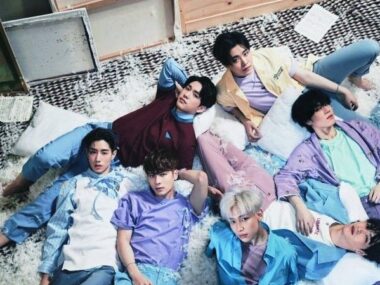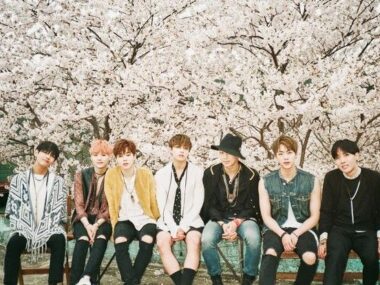Nearly two months after Kpop Demon Hunters landed on Netflix, its soundtrack is still everywhere. At the heart of that staying power? Golden by HUNTR/X, a fictional girl group created for the film, just hit No. 1 on the Billboard Hot 100. This is the first time in history that female K-pop vocalists have topped the chart.
Female acts have long been underrepresented at the top of the U.S. charts compared to their male counterparts. Golden changed that and it did so while being tied to an animated film.
Breaking Records in More Than One Country
In its first week at No. 1, Golden racked up 32 million official U.S. streams, 8.4 million airplay impressions, and 7,000 sales. It also topped the U.K. Singles Chart. It’s now the second K-pop song in history to do so after PSY’s Gangnam Style in 2012.
This isn’t just K-pop breaking into the West. This is K-pop proving it’s here to stay, crossing borders and formats in ways that were unthinkable a decade ago.
Fictional Groups, Real-World Impact
HUNTR/X isn’t the first fictional act to hit No. 1. Disney’s Encanto soundtrack did it in 2022 but this achievement feels different. It’s tied to a rising trend in K-pop where virtual and fictional groups are stepping into the same arenas as human idols.
Fans are divided by the accomplishment. Some worry this signals a future where virtual acts replace real people entirely. After all, we’re in the age of AI. That fear overlooks something fundamental about K-pop, its beating heart has always been a human connection.
Real Idols Aren’t Going Anywhere
Virtual idols are thriving. Groups like PLAVE and Isegye Idol are selling albums, pulling in huge streaming numbers, and even holding large-scale offline events. They offer things human idols can’t. They’re “always available,” speak multiple languages, and exist in immersive metaverse spaces.
Human idols still bring something that pixels can’t replicate: authentic emotional presence. The shared energy in a live performance. The unfiltered joy, awkwardness, and vulnerability that come with being real. That human bond is still the hook for millions of fans worldwide.
Not saying that that’s necessarily healthy since some fans take parasocial relationships too far, but it’s enough of a drug to keep human idols employed. The point I’m trying to make is that virtual and human idols can co-exist side-by-side without threatening the other.
K-pop’s Global Future
Golden is proof that K-pop can dominate global charts through unexpected channels like film tie-ins and cross-media storytelling. It signals a broader acceptance of female voices in the industry. It shows that virtual projects can be just as culturally relevant as traditional groups.
The next decade for K-pop won’t be defined by whether virtual idols replace human ones. It’ll be defined by how the two evolve side-by-side. How both types of idols shape an industry that’s becoming more diverse, creative, and boundary-breaking than ever.






